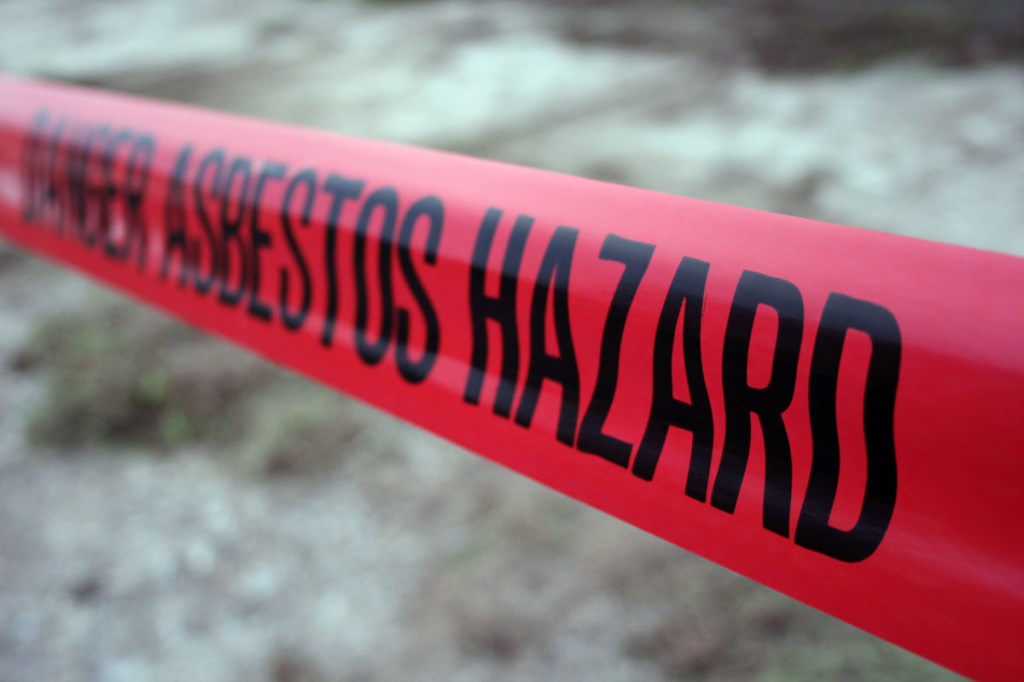Fire Damage & Asbestos Safety: What You Need to Know

Fires are heartbreaking. Flames, heat, smoke and water destroy not only personal possessions, but often hopes and dreams. It takes only a few minutes for an entire building to be engulfed in flames. While heat is often more life-threatening than the fire – with room temperatures reaching up to 600 degrees at eye – there are hidden dangers, too. According to Ready.gov, the official website of the Department of Homeland Security, smoke and toxic gases from fires kill more people than flames do.
Attention quickly turns to recovery, restoration and rebuilding once the flames are extinguished, Before that can happen, the asbestos risk must be evaluated. In the aftermath of a fire, the asbestos risk can be just as deadly as the fire itself.
What is Asbestos?
Asbestos is a naturally occurring mineral used as a ubiquitous ingredient in fire-resistant construction materials for much of the 20th century. Asbestos can be found in cement sheets, roof adhesives, floor tiles and even drywall. It was commonly used to insulate attics, wall gaskets and wiring.
Asbestos is fireproof and extremely durable. It is considered safe when left undisturbed, but when products are damaged – as in a fire – toxic asbestos fibers are released into the air.
When a person inhales or swallows airborne asbestos fibers, they can become lodged in the body permanently. Over many years, these fibers damage cells, cause inflammation and may lead to cancer such as mesothelioma.
“Everyone generally knows about the harmful side effects of asbestos, but no one really knows how to pick or choose what to do with the situation,” Matt Bethel, director of operations at Asbestos Pro Services, an asbestos abatement company based in Massachusetts, told The Mesothelioma Center at Asbestos.com. “[Asbestos] causes cancer, and I feel like it should be treated like cancer. It should be taken very seriously.”
Do I need Asbestos Testing?
Because asbestos fibers are so small, the only way you can see if any object contains asbestos is to have it tested in a lab. The State of Colorado requires asbestos inspection for all remodel, renovation and demolition projects. Asbestos testing must be performed by state certified asbestos inspectors to ensure that a proper and thorough investigation has been performed according to all state and federal regulations.
While buildings constructed before 1986 are most at risk, it is possible to find asbestos containing materials in newer buildings due to imports from other countries.
Asbestos inspection requirements are regulated by the State of Colorado Department of Public Health and Environment. Colorado’s Regulation No. 8, Part B requires testing for asbestos any time more than 32 square feet of drywall or flooring is removed. The state enacted this law to protect property owners, tenants and workers from possible exposure to the hazardous substance. Abbotts coordinates with an independent firm to conduct asbestos testing. Once testing is complete, we develop an abatement plan including removal, encapsulation, repair, enclosure, and encasement.
What if asbestos is discovered in my home?
Asbestos needs to be removed only if the material will be disturbed. If materials are going be removed than it must be done so by utilizing the services of a professional state certified abatement contractor, like Abbotts. Once we have completed the asbestos abatement, a final air clearance will be performed to ensure that all dust and debris has been properly removed and that acceptable air quality as determined by state and federal regulations have been achieved.

